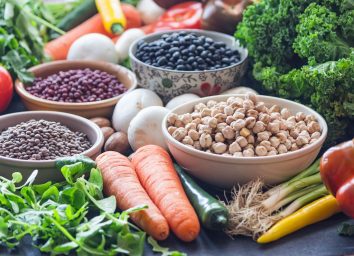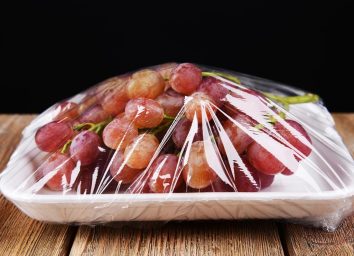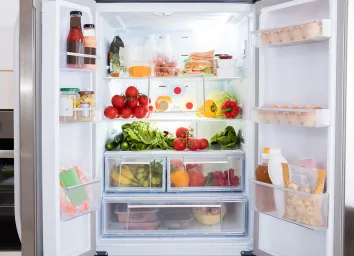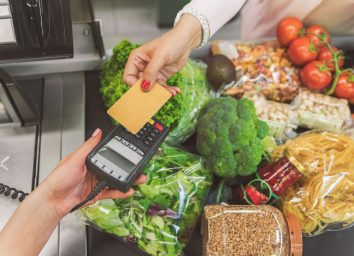20 Ways to Be More Sustainable When It Comes to Food
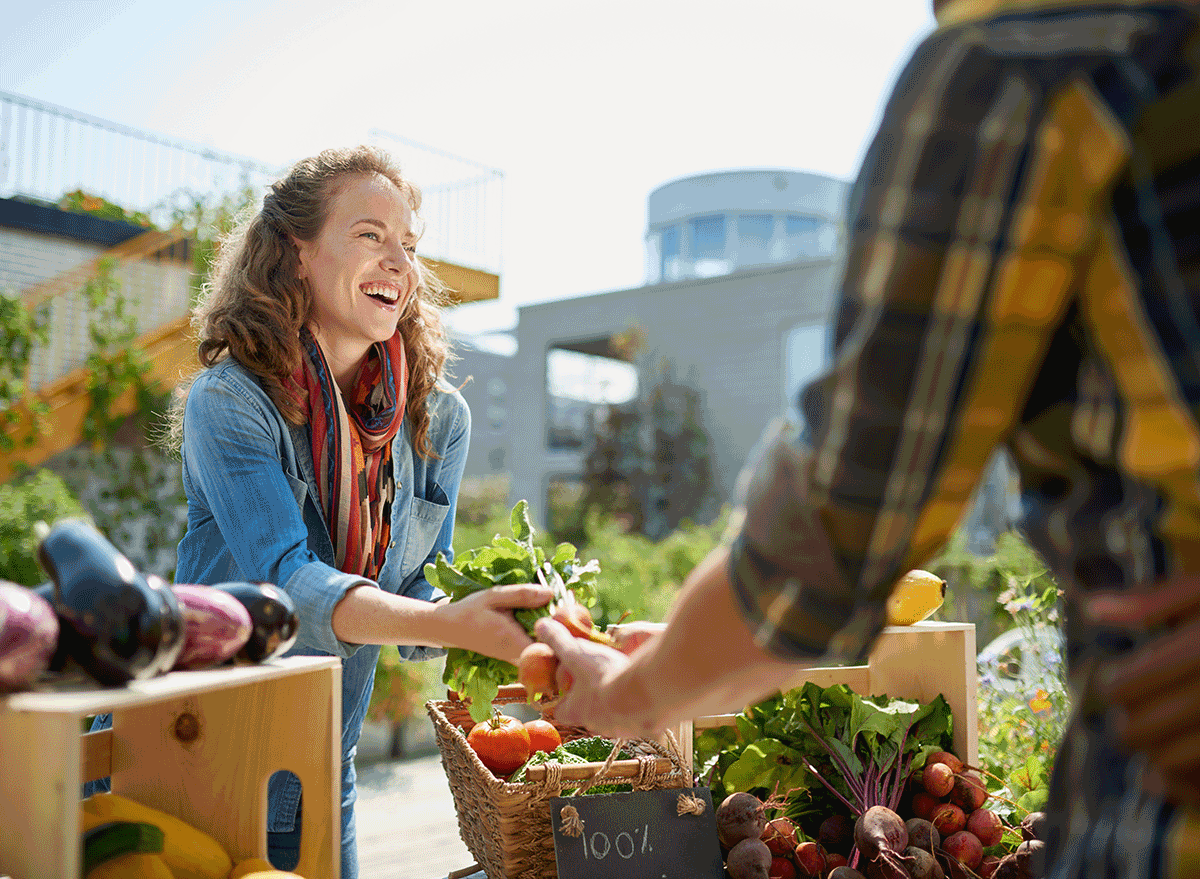
Everything we put on our plates has a big impact on the environment, as do the choices we make on a daily basis. Whether it's opting for a vegetarian diet or simply choosing plastic-free produce during a trip to the market, there's a lot we can do to be more sustainable, especially when it comes to what we eat and drink. And it's much easier than you may think to make sustainable food choices!
We've put together 20 ways to do just that. Ranging from small tweaks to whole new routines, these tips will be a great source for anyone looking to foster a greener, healthier path for the planet.
Ditch the plastic straw.
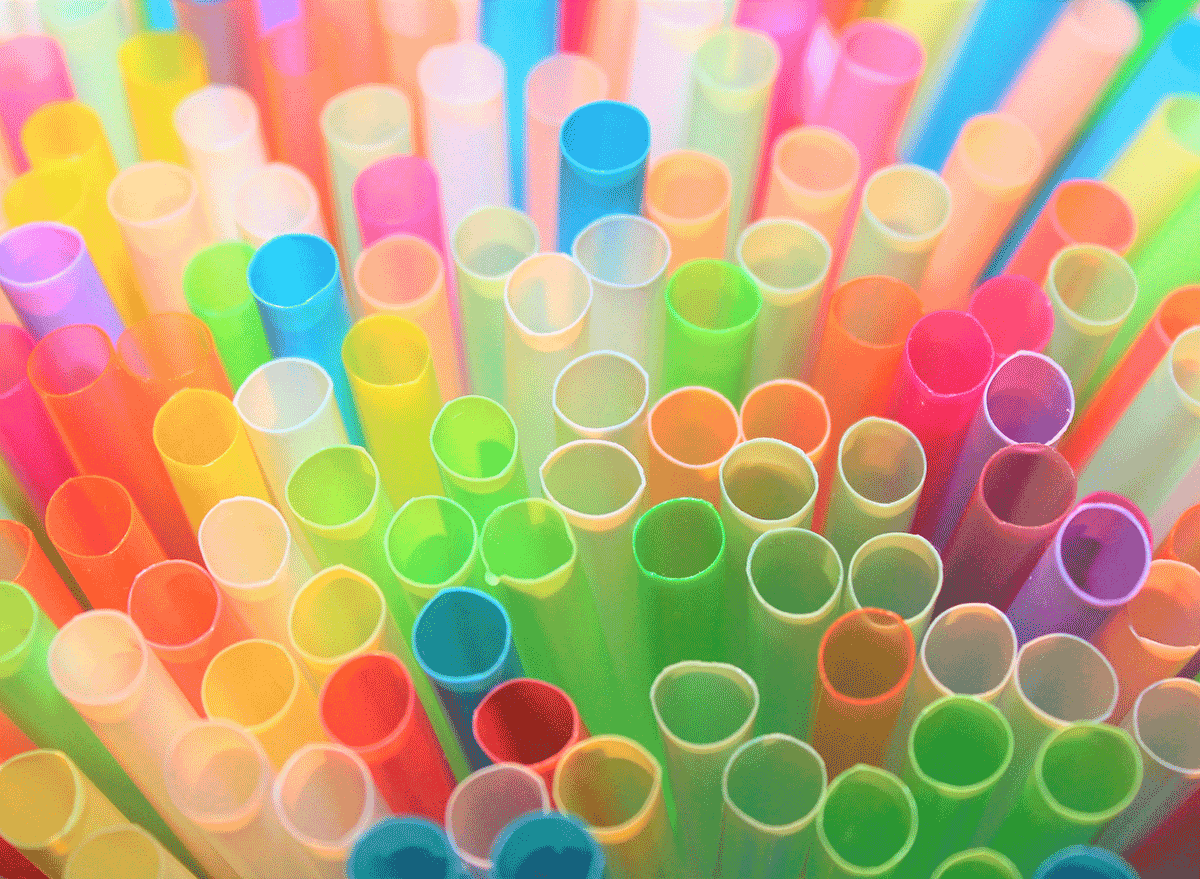
With a knack for winding up in our waterways, plastic straws have become Environmental Enemy No. 1. However, thanks to countless alternatives now available in metal, glass, bamboo, and silicone, there's never been a better time to make the switch—or just say no to straws entirely.
Carry reusable utensils.
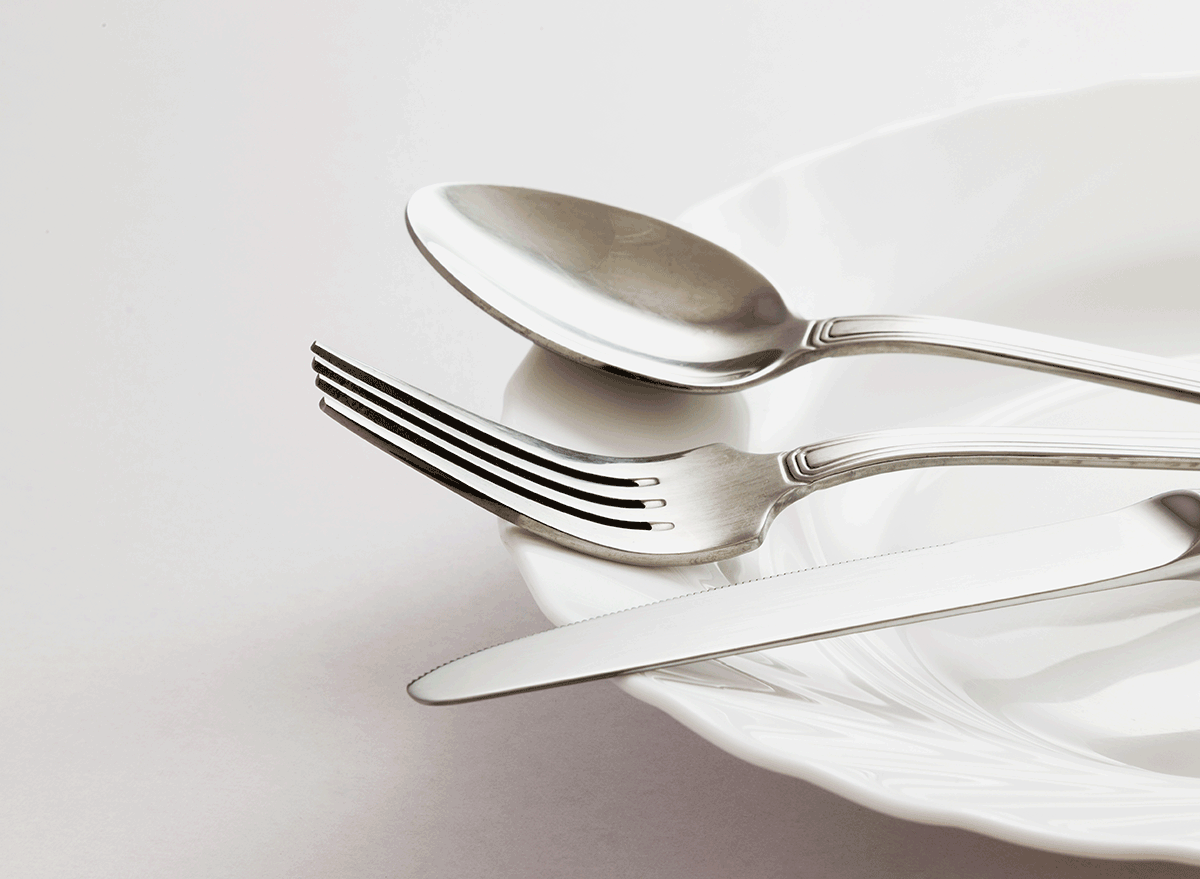
The world of fast food and takeaway is filled with single-use plastics, especially disposable forks and knives. In a bid to live (and eat) more sustainably, prepare a personalized toolkit with reusable substitutes, such as a fork from home, wooden chopsticks, or a foldable spork.
Invest in a reusable coffee cup and a water bottle.
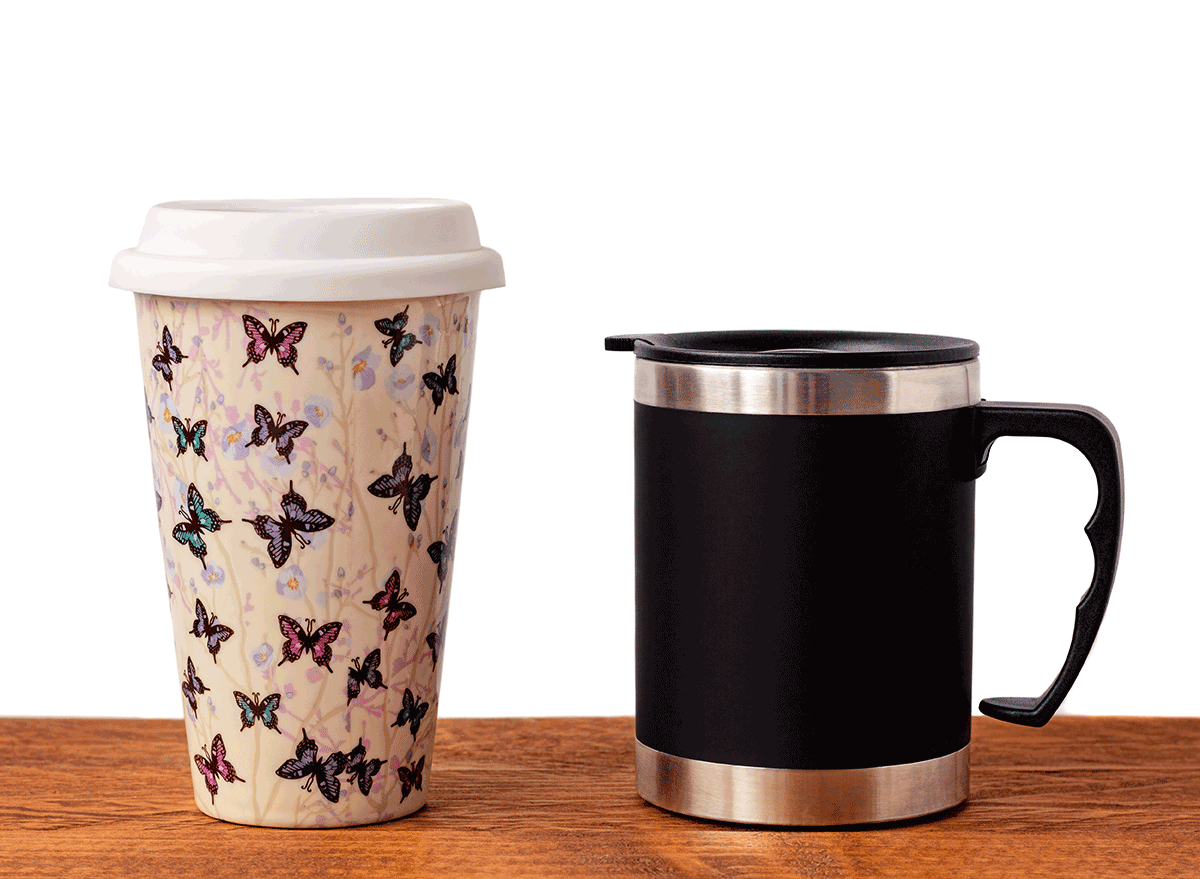
Because of the polyethylene coating inside, most coffee cups used by major chains are not recyclable. While we definitely can't kick the habit of having a daily brew, we can certainly swap a disposable cup for a reusable mug or tumbler—and the same can be said about plastic water bottles, too.
Tote a reusable bag.
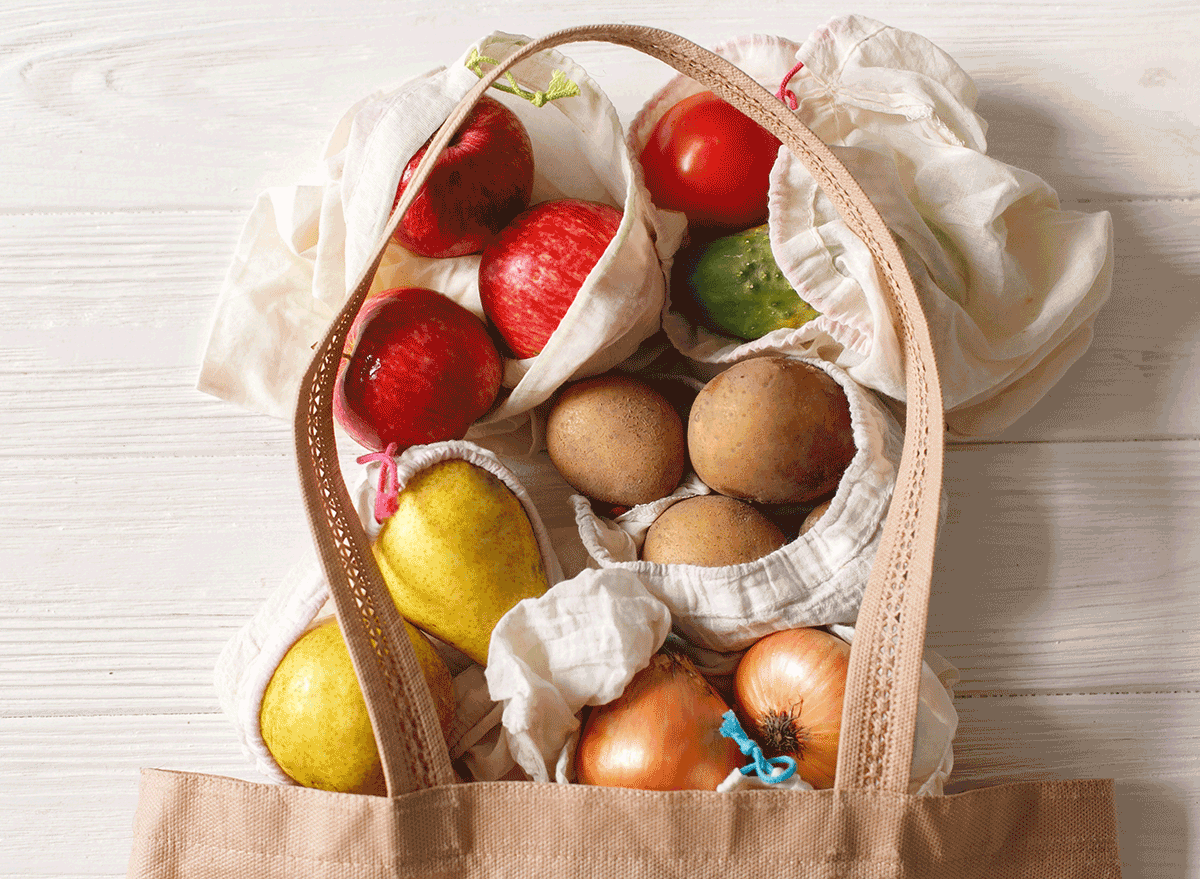
No trip to the grocery store would be complete without a reusable tote bag. Whether it's made from sturdy canvas or an upcycled t-shirt, these staples of sustainable living are a must-have for anyone looking to reduce plastic consumption on a spree.
Pack a takeaway container.
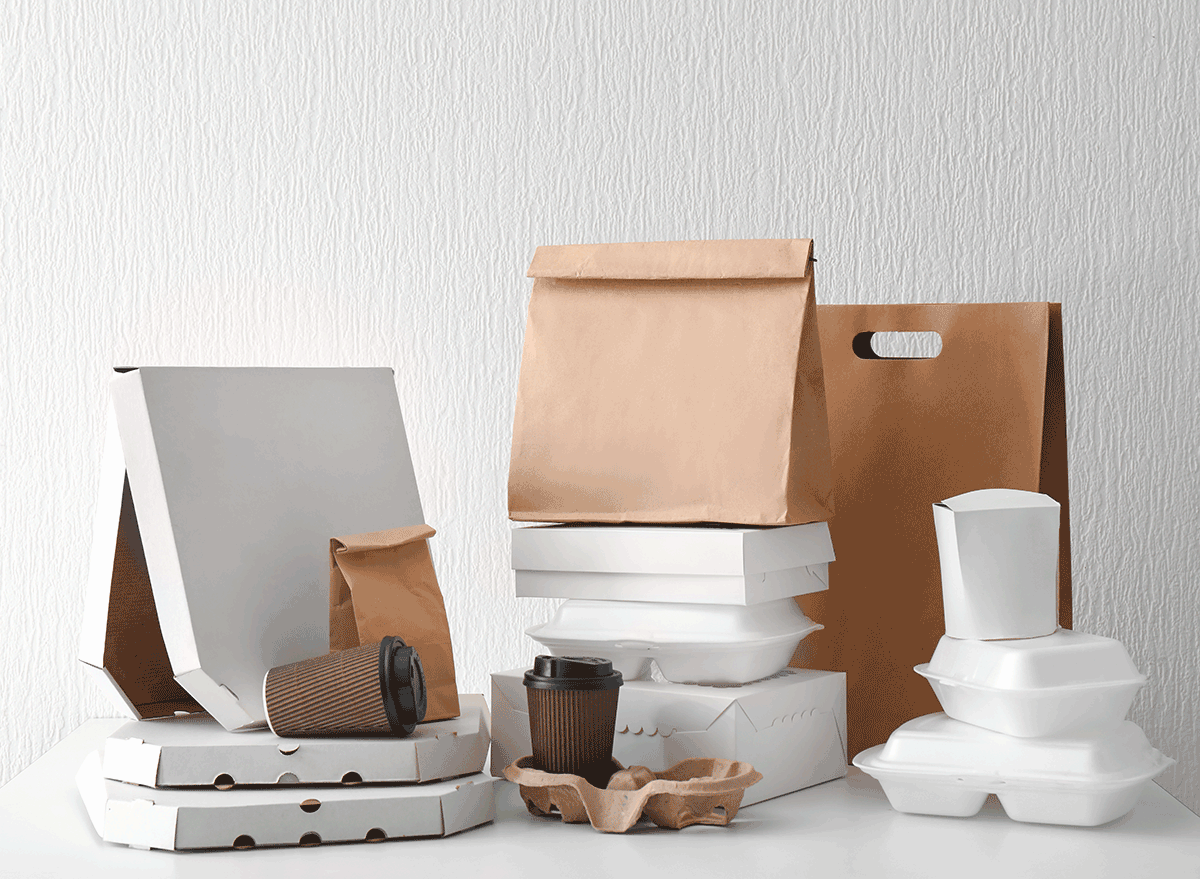
It might sound like a nuisance, but one of the best ways to pre-empt food waste is to pack your own food container. That way, when all is said and eaten and there are still leftovers on the plate, you don't have to rely on a styrofoam, plastic, or paper box to carry it home.
Paper or plastic? Choose the better option.
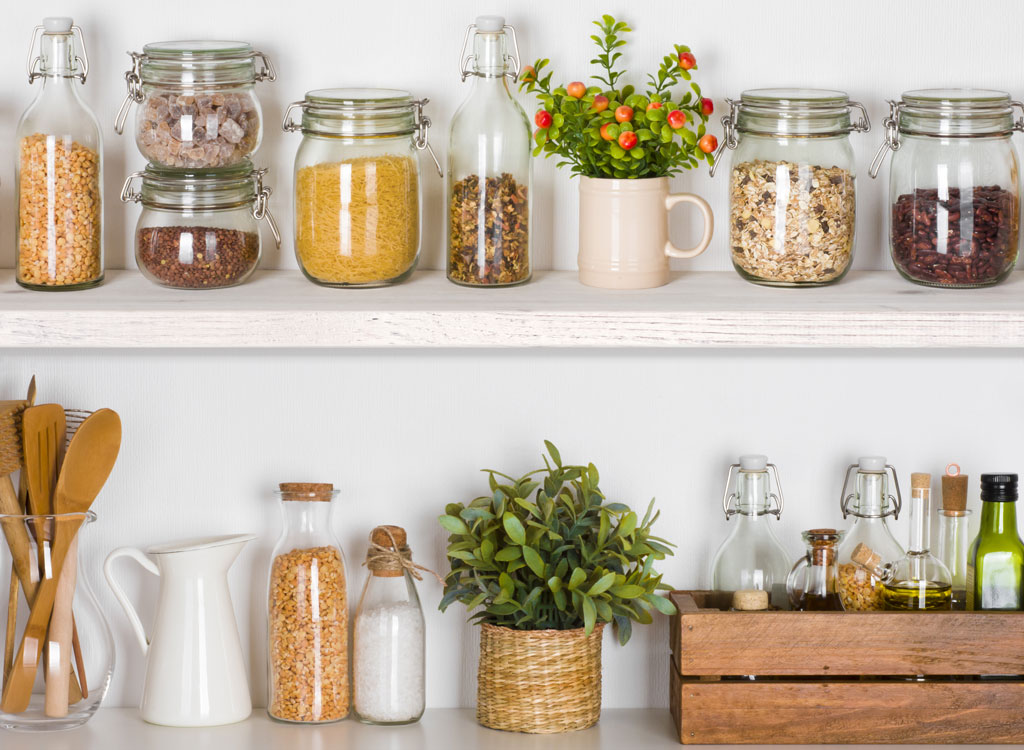
Whether you're at the grocery store or on the go and can't seem to find a package-free alternative, always go with the better option. Remember: Paper and aluminum products are often infinitely recyclable, while glass bottles and jars are recyclable and 100 percent reusable. (And yes, those Bonne Maman jam jars are the perfect-sized container for overnight oats.)
Shop the pantry first.
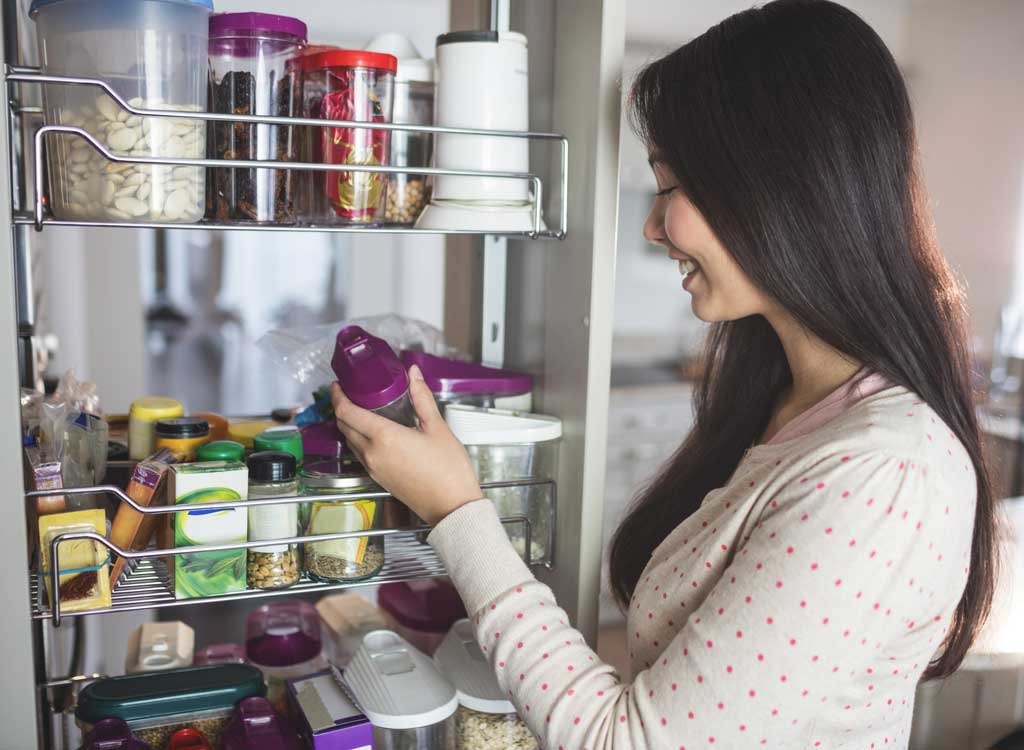
Before going to the grocery store, take a moment to shop the refrigerator, the cabinets, and the pantry in your home. The first rule of thumb in thinking (and eating) sustainably is to use what we already have available, that way we avoid food waste by not buying too much at the store. It's a simple step to do before you head out that could save you money in the long run!
Finetune your shopping list.
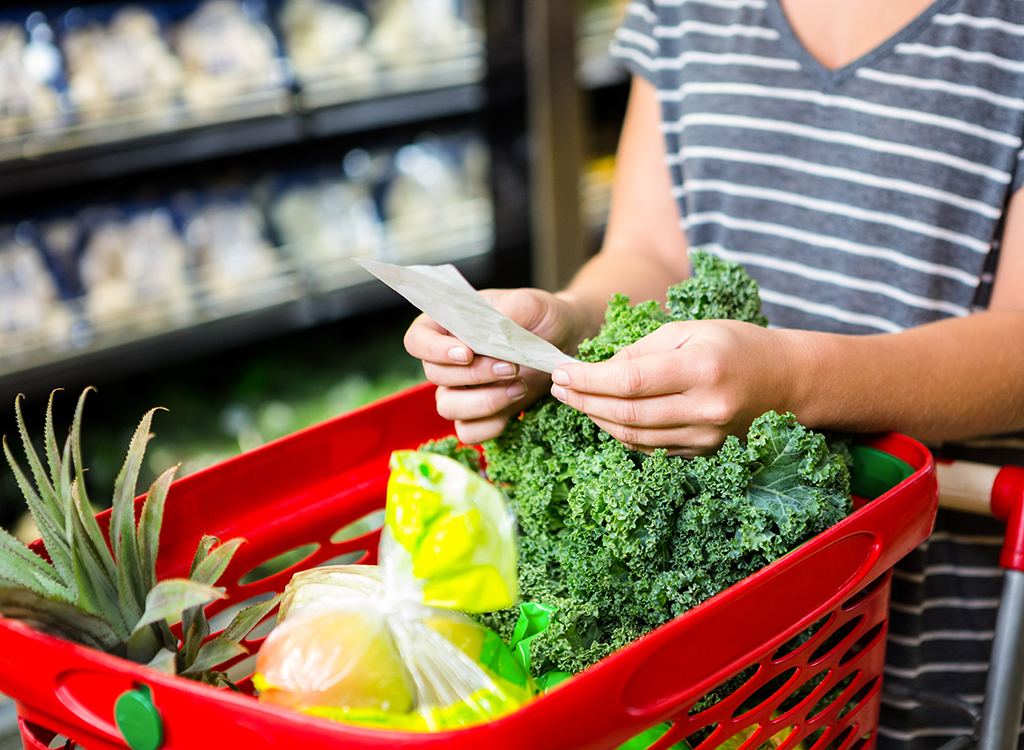
After shopping your pantry, plan ahead and jot down the must-have items for your upcoming recipes. Try to amp up your list with precise measurements so that not even a gram goes unused. (This tip is especially helpful with bulk food shopping.)
Buy package-free.
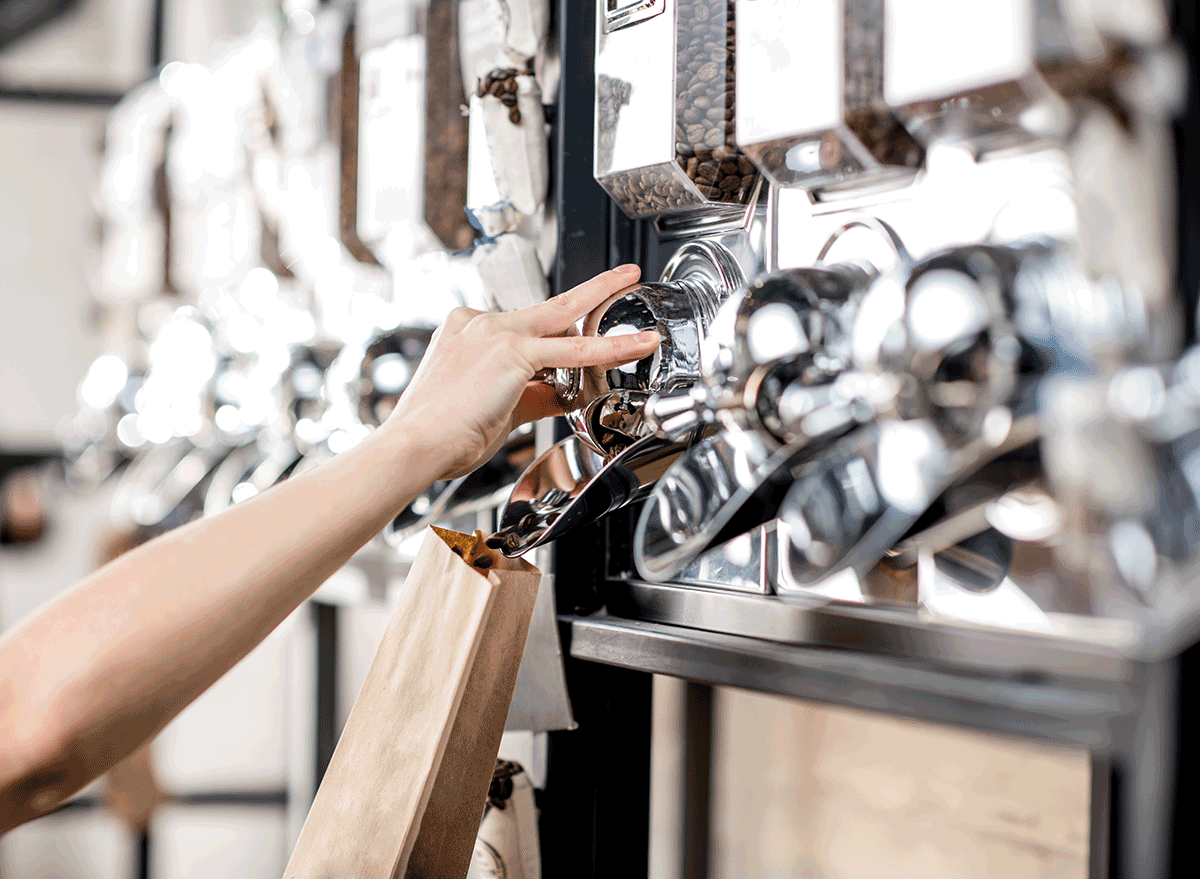
Plastic wrap on fruits, vegetables, and meats is one of the most challenging single-use plastics to avoid, especially in the grocery store. Try shopping the perimeter for package-free vegetables or head straight to the store's bulk food section to stock up on loose grains, nuts, flours and more.
Pick the ugly apple.
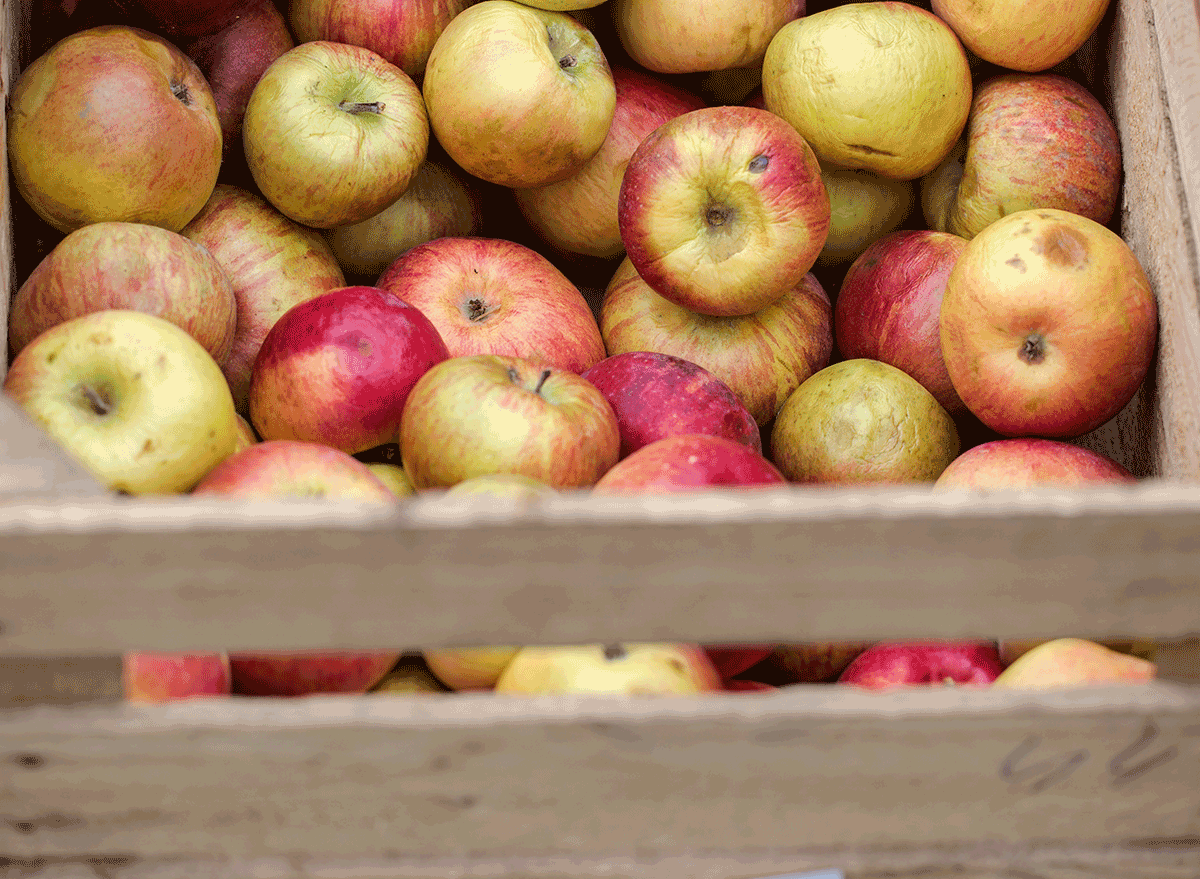
Whenever you're browsing the fruits and vegetable area, remember to show some love for the misshaped or rough-handled produce. Usually, they're the least likely to be plucked by customers craving plump perfection, so they often go straight to the landfill—plastic wrap and all.
Drop by the local farmers markets.
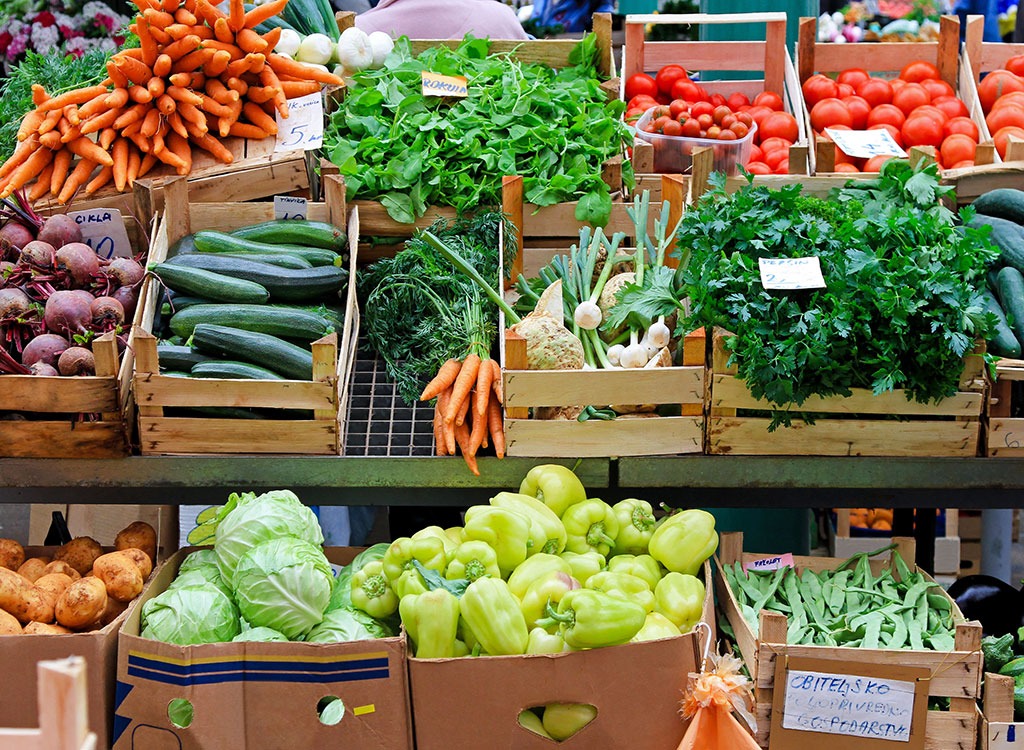
Neighborhood farmers markets are eco-friendly treasures for countless reasons. As a hub that provides locally grown and organic produce, these markets are a great resource for leading a more sustainable lifestyle, and for package-free shopping.
Eat locally and seasonally.
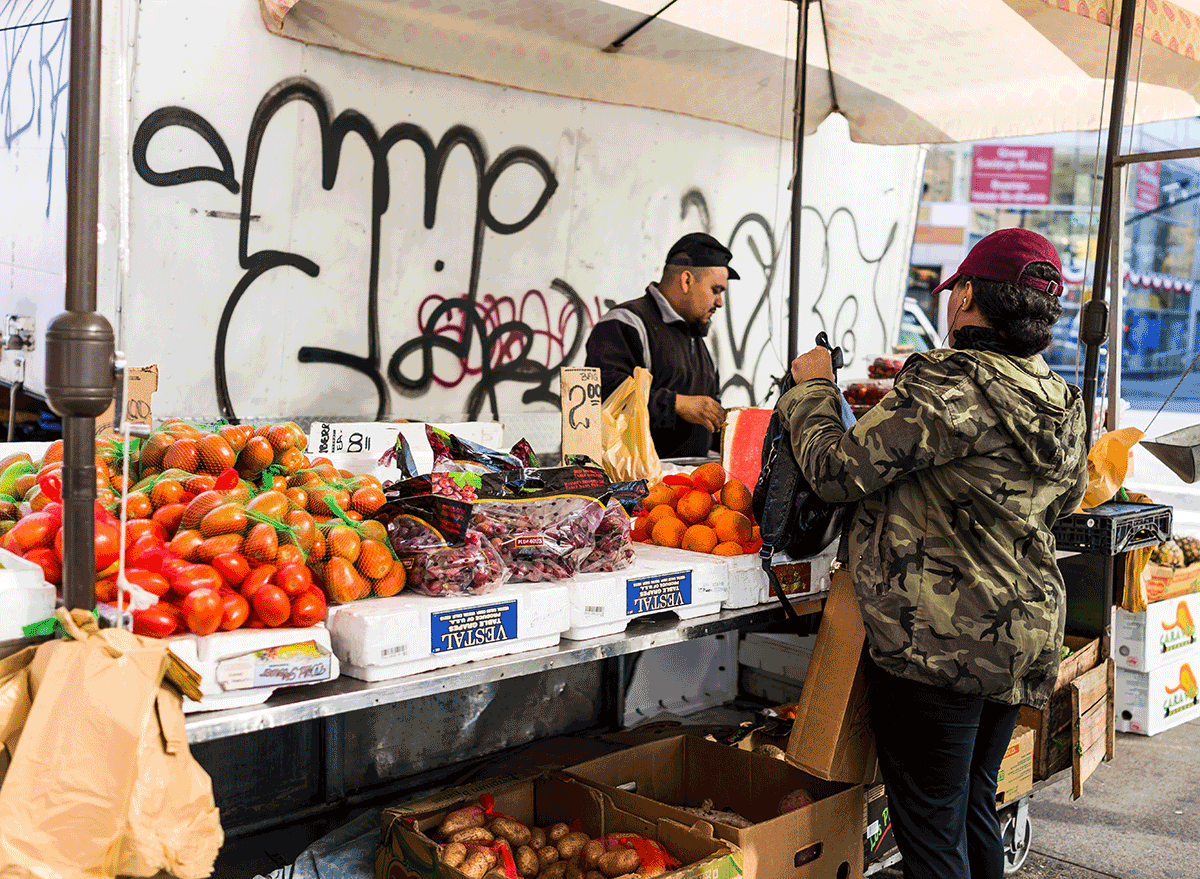
Whether we're cooking in or eating out, supporting local produce creates less strain on the environment by reducing the carbon emissions required to transport imported fruits, meats, and vegetables. Research what fruits and vegetables are seasonally available in your area and prepare a shopping list that highlights them.
Dine in, not delivery.

Enjoy a sit-down dinner with reusable plates and cutlery to avoid the single-use plastic utensils, straws, and containers that come with deliveries. If delivery is a must, be sure to request little-to-no plastic packaging because remember, every step counts!
Start a meal-prep routine.

One way to reduce eating out and buying packaged food on a whim is meal prepping ahead of time. It is also perfect for minimizing the amount of food going to waste in the kitchen. Plan ahead, prepare the menu for the week, and buy exactly what is needed. That way there are no leftovers, which means no waste.
Go meat-free for a day.

Considering the livestock industry (including meat, milk, and eggs) is one of world's leading causes of deforestation and greenhouse gas emissions, adopting a diet with less meat is easily one of the greatest feats a person can do for the environment. Try starting light by preparing one meat-free day a week and see where that might lead.
Look at vegetables in a new way.
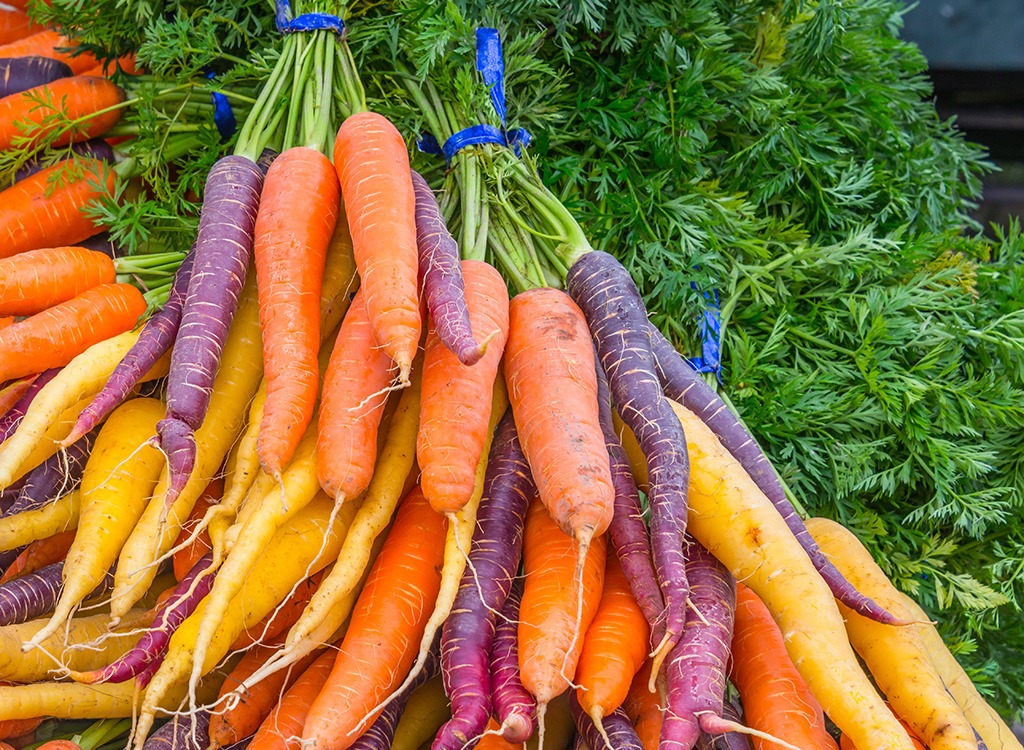
It's time to rethink what gets chucked into the bin. Many of a carrot's nutrients are found in the skin, while the stalks of broccoli and cauliflower are chock-full of vitamins and nutrients. Instead of tossing these scraps away, try not peeling a carrot for a crunchier effect, or grate the broccoli or cauliflower stalks into a low-carb rice alternative.
Learn how to store fruits and veggies the right way.
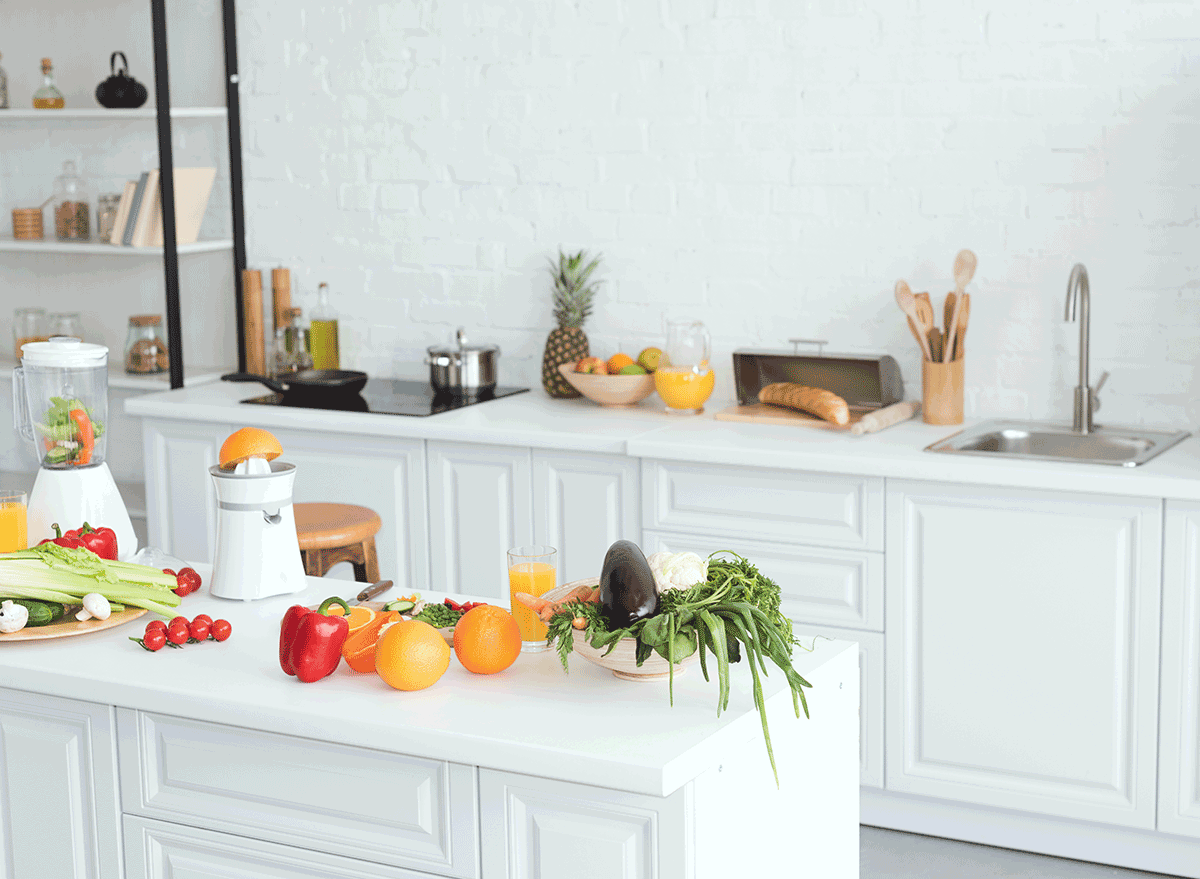
One way to be a more sustainable foodie is to learn the best ways to store fruits and vegetables to maintain freshness and keep them out of the trash. Remember to store bell peppers, eggplants, and cucumbers at room temperature; store garlic and potatoes in a cool, dark place; and ripen avocados and apples on the counter.
Get creative with veggie scraps.
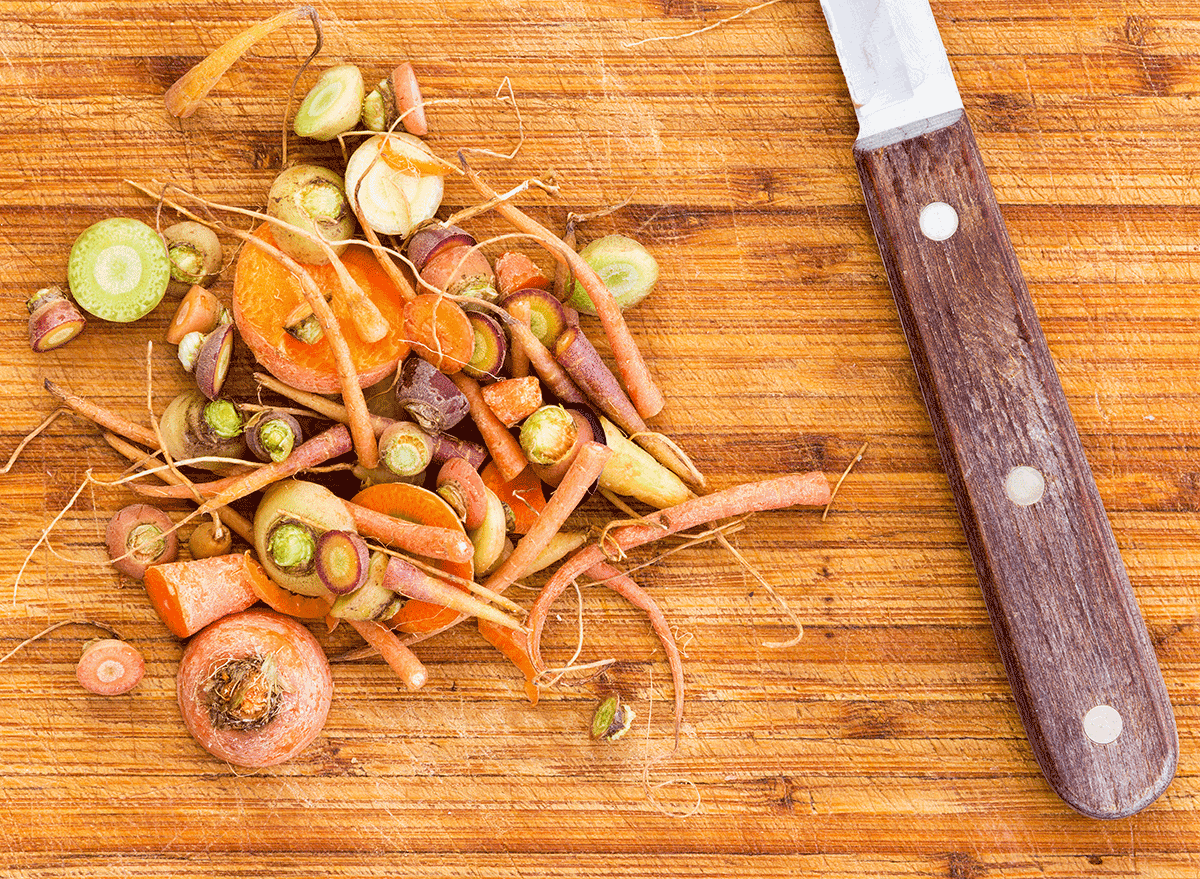
When it does come time to peel and cut away at vegetables, store the scraps in the freezer for later use in making vegetable stocks. Carrot tops, onion skins—the list is limitless. Just be sure to wash them all before the boil.
Regrow your vegetables.
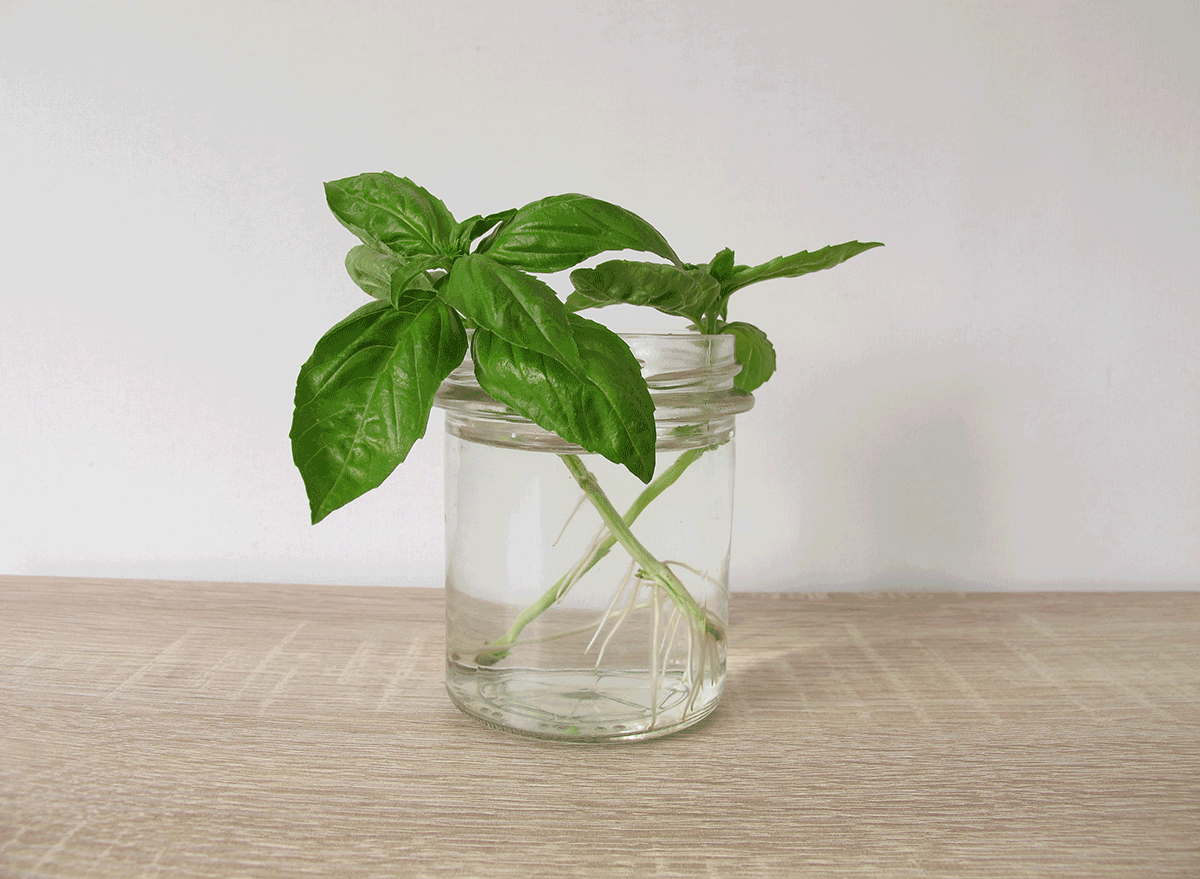
It's not always necessary to use every part of the vegetable, like the roots. Instead of throwing these out though, research how you might be able to start your own in-house (or outside) garden. This works especially well for onions, celeries, lettuce, potatoes, and scallions. To get started, all you need is a window and a little bit of light.
Try composting—Just try it!
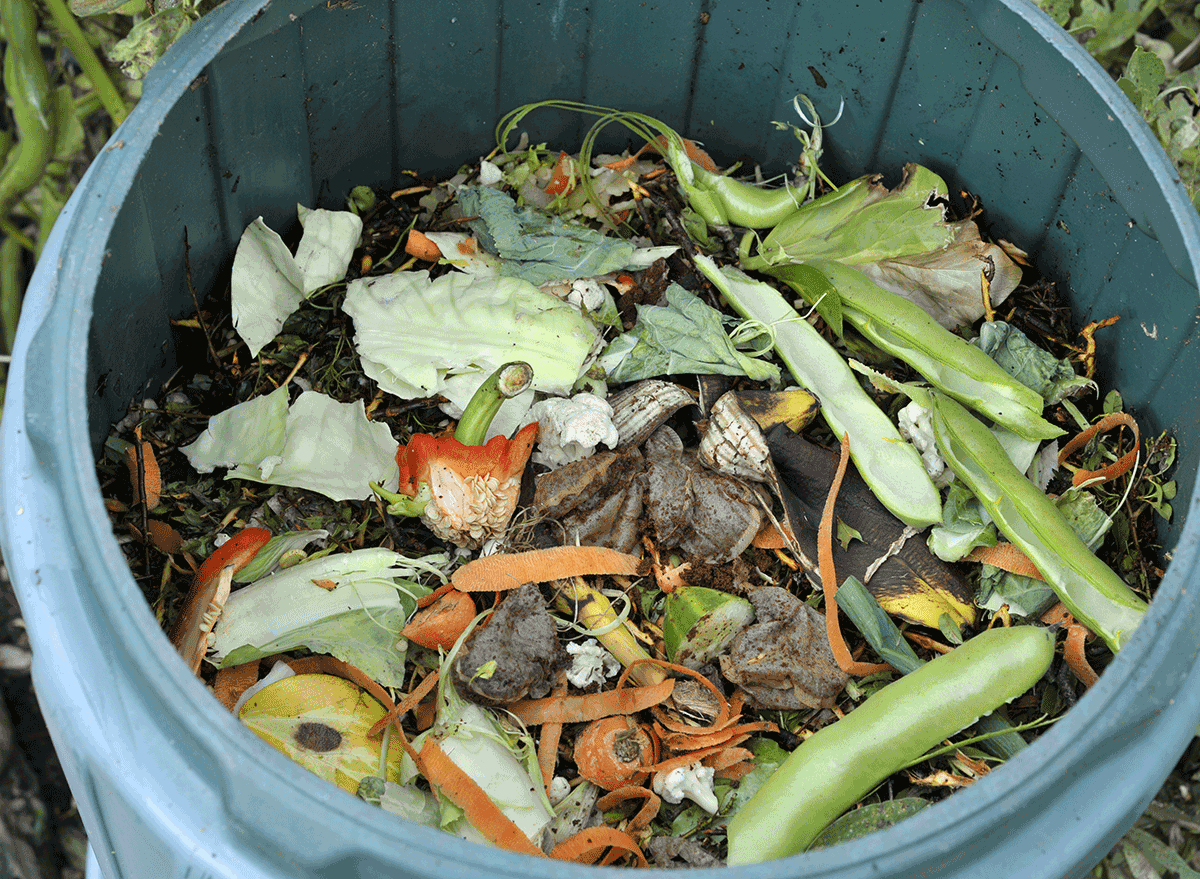
Composting naturally biodegrades the food we eat back into the Earth, instead of rotting in the landfill. For those of us without a garden, there are still ways to compost food scraps. Check your local farmers markets and community gardens for public compost bins, but all you will need to do is to freeze your fruit and veggie scraps until the drop-off day—and you're composting! See, that was easy, right?
